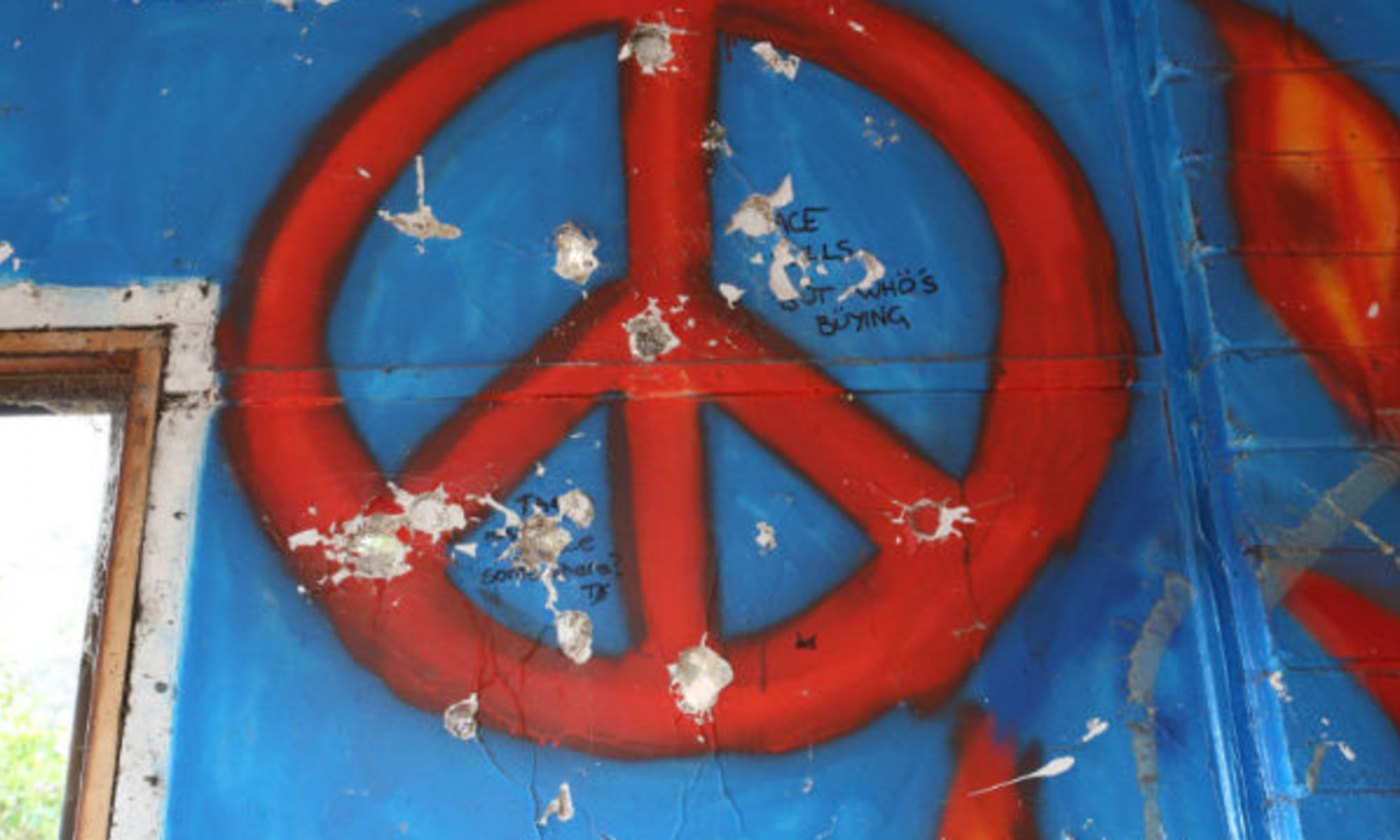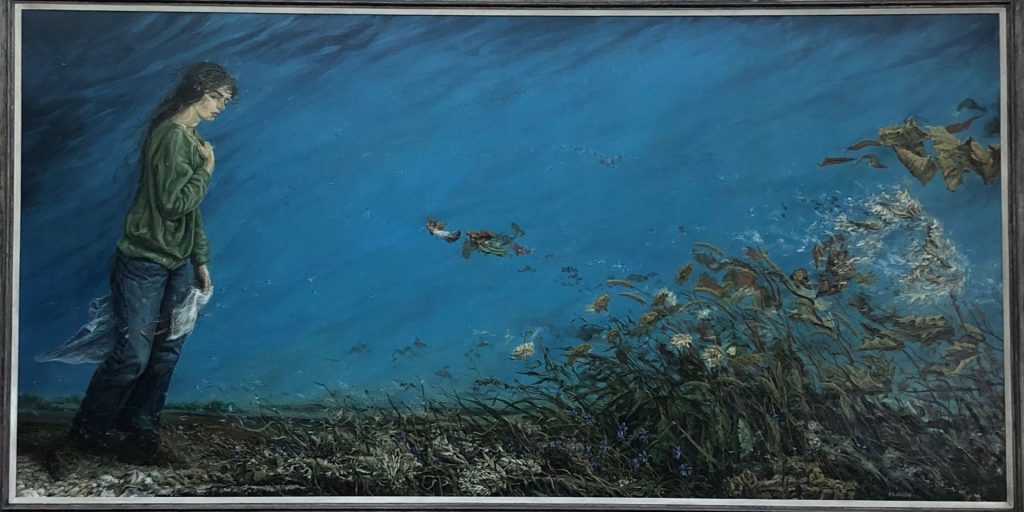By Srishti Sharma

Watching Hamilton together was one of the highlights of the program. Hamilton is one of the most celebrated and critically acclaimed plays that tells the story of Alexander Hamilton, one of the founding fathers of the United States. My friends were singing its praises and told me that its tickets get sold out months in advance. I had no idea about all of this and didn’t know what to expect. It was time and we comfortably settled in our seats. The curtains drew and before I knew it, I was completely engrossed and in awe of this theatrical genius. I realised what my friends have been telling me about. The theatre was packed and the audience was charged. Hamilton, from an arts and aesthetics point of view is a masterpiece. Everything was perfectly coordinated and everything performed on stage was a spectacle. The story telling through dance, gestures, costumes and lighting was very impactful and resonated with the emotions, mood, actions and situations that needed to be portrayed. The hip hop Broadway was definitely successful in showing the “immigrant inclusiveness”, Hamilton’s contribution in forming the nation and his life journey. He was definitely the hero of the play. My appreciation for Hamilton would be incomplete if I don’t write about its music. The music, the lyrics et al are one of the most inventive and tasteful ever. The songs still play in my head. So impressed was I after watching the musical, that I read a lot about the play. Upon reading I discovered a lot of things that I didn’t notice or overlooked because I was watching it for the first time and was completely taken in by its larger than life portrayal.
Alexander Hamilton is celebrated as a symbol of unity, equality and merit. But, the show is accused of lacking “historical accuracy” and leaving out critical facts from its narrative and is criticised for following a very hero centric approach to glorify Hamilton. In the play, Alexander is portrayed as an abolitionist whereas critics argue that Hamilton was a slave owner and was pro slavery. Even the Schyuler sisters are accused of capturing runaway slaves. It is argued that the play’s representation strategy is to glorify the history and the historical figures. The image of Hamilton portrayed in the musical makes him more relatable yet an ideal national figure. The people who come for the show get charged up with pulsing emotions when they watch their founding fathers contributing for a united nation. The casting of the play is also largely criticised. Despite the fact that mostly all the parts are played by the people of colour (which is considered racially progressive by many), play’s audience remains “resoundingly white.” “This musical gave black people jobs, which was ingenious because it deflected from the material.” The casting was apparently done with the idea of projecting the musical or the story as the one that includes people of colour and is everyone’s story. But, critics argue why no historical people of colour find a place in Hamilton’s narrative? And even though people of colour are cast in the musical, they are actually being erased from the actual narrative. The musical styles are also hip hop and rap which are often associated with people of colour and not with white people. All of this makes me question the way we see things. The ways the things are framed and named always make a difference to how they are viewed. It is all about How your story is told? And Who tells your story?









